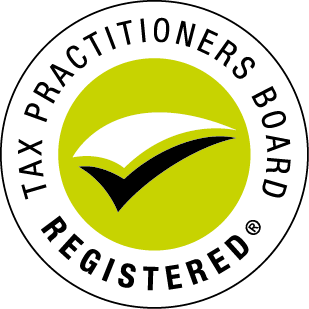
Over the course of your life, the contributions made to your superannuation fund can often end up being your greatest asset. Because of this, selecting a super fund is an important decision, choosing a fund with the right investment strategies for you could be the difference between retiring comfortably or not. There are five different types of superannuation fund to choose from but not all options are available to everyone.
SMSFs:
Self-managed super funds (SMSFs) are those where the trustee is responsible for managing and making regular contributions to the fund. This option allows for more responsibility in terms of administration, compliance and investment decisions. A lot of work goes into the management and legal requirements of an SMSF so knowledge and understanding of obligations are vital.
Industry funds:
Industry funds generally cater to employees from a specific industry although they are open to everyone. Industry funds are not-for-profit, meaning they have historically charged lower fees on average with profits funnelled back into members’ funds.
Retail funds:
Retail funds are offered to everyone and are usually run by investment companies or banks. They were developed in the interest of those who were interested in investing and saving for their retirement. Retail super funds offer investment expertise and personal service to their clients, charging a commission for that service. A portion of the profits derived from the activities of retail super funds then goes to the shareholders.
Corporate funds:
Corporate funds are offered to specific corporations or if you are employed by a particular employer. They often return profits to their members (although they can be retail funds too), offer a wide range of investment options and are low to mid-cost funds if the business is large.
Public sector funds:
Public sector funds are offered to state and federal government employees. They generally include a wide range of benefits, lower fees and allow members to make higher super contributions.
When making comparisons between various super funds, you should look at factors, such as associated fees, benefits you will be eligible for, opportunities to invest and customer service provided by the fund. Also look for any extra benefits, such as the ability to make higher contributions, and how the fund has performed in the past five years.

